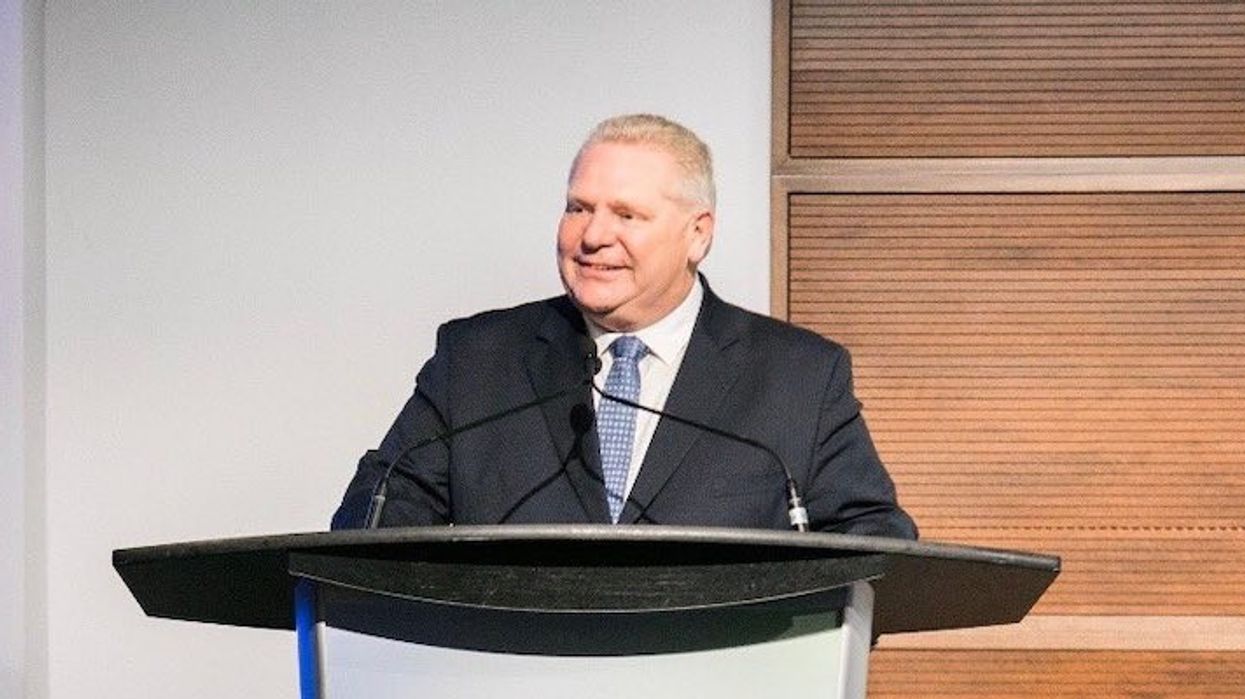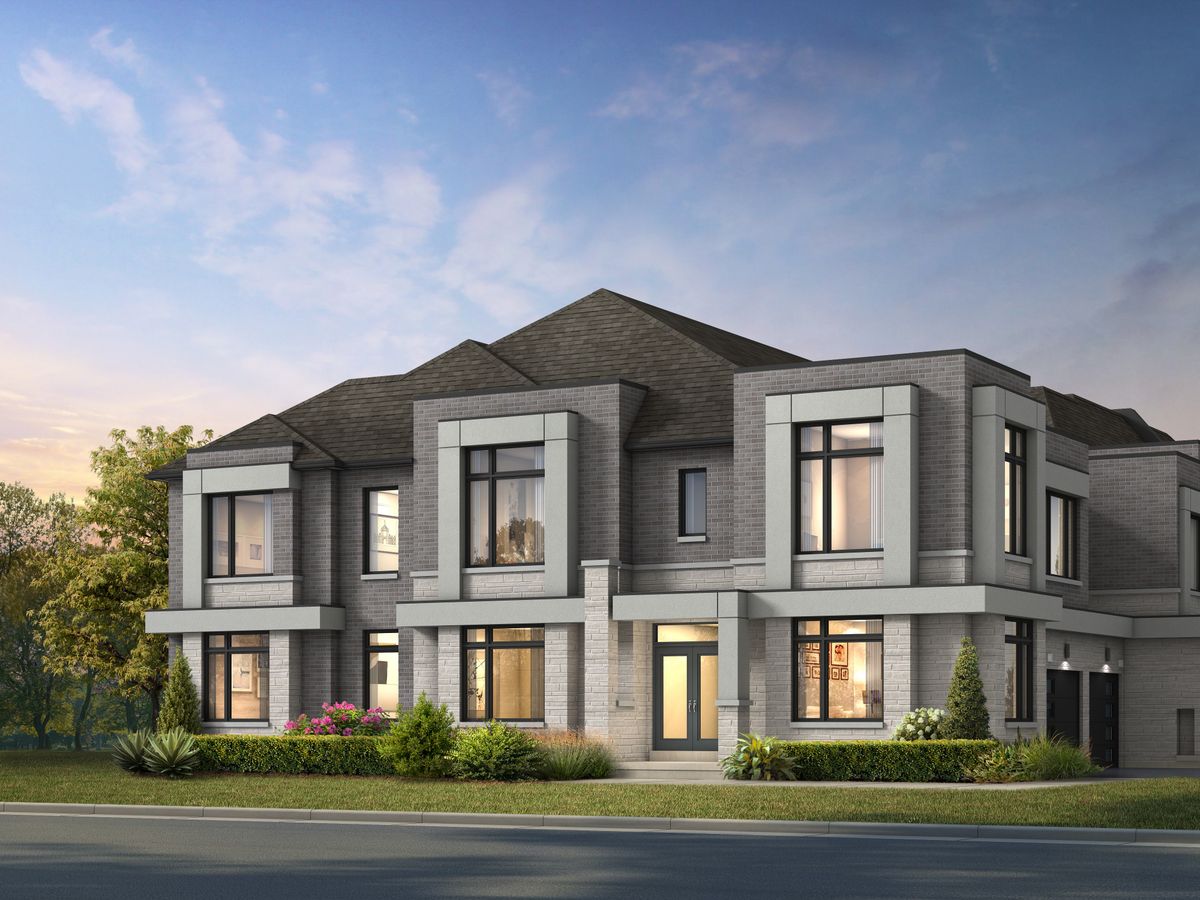It's a bad time for cities in Ontario. Doug Ford's recent election victory confirmed a truth that was already clear — namely that except for the north, much of the province is a great ocean of sprawl interrupted by isolated islands of urbanity.
Little wonder, then, that the 'burbs rule. Given that suburbanites make up the majority of Ontario's population, the force is with them.
Ford is not the first politician to exploit this growing urban/suburban divide.
Before him, there was Mike Harris and Ernie Eves, and closer to home, Doug's baby brother and former Toronto mayor, Rob Ford.
Even Doug's Liberal predecessors, premiers Dalton McGuinty and Kathleen Wynne, did their bit for suburbia, killing gas plants in Mississauga and Oakville in 2011 and six years later nixing Toronto Mayor John Tory's attempt to impose tolls on the Don Valley Parkway and the Gardiner Expressway. In case you've forgotten, the reason was a fear of alienating the 905.
Wynne needn't have worried. Alienation in the 905 was already well underway.
In fact, her original sin might well have been her urbanist sensibilities.
Mike Harris, the first provincial leader to take advantage of the antipathy between downtown and out of town, became premier in 1995, long before Wynne came on the scene. He grasped that the quickest route to Queen's Park followed the fault lines that separated urban from suburban.
Harris' appeal wasn't sophisticated or particularly pretty, but it sure worked. His Common Sense Revolution was just the ticket for resentful 905ers who felt they had been forgotten and left behind by the downtown elites who ran the province.
Like Harris and more recently, Donald Trump in the U.S., Doug Ford spoke directly to suburbanites and that gridlocked army of commuters too caught up with cars and congestion to care about global warming, carbon taxes, bike lanes, drug injection sites and the like.
If you wondered whether Doug's promises of cheaper gas and $1-beer might have seemed a tad patronizing, forget it. What mattered was his commitment to put a bit more money into people's pockets.
Suburban voters wanted less government programs and more cash back.
In the city, however, Ford was not as welcome.
"Make no mistake," downtown Councillor Joe Cressy tweeted, "Doug Ford’s election is a disaster for Toronto. Whether on public transit, affordable housing or harm reduction services, his agenda is bad news for the residents of Toronto. However, we’ve seen a Ford victory before, and we fought back. It’s time to fight again."
Parkdale Councillor Gord Perks was equally perturbed.
“I’m worried about all the areas where we have a working relationship with the province... transit, housing, child care, social assistance," he said.
"It’s going to be community level-organizing and protests for four years. It’s going to be a very ugly ... The Conservative platform has an $8-billion to $10-billion hole and that’s going to come out of things that affect the City of Toronto.”
Other councillors — Scarborough's Michael Thompson as well as Mike Ford (Doug's nephew) and Stephen Holyday of Etobicoke — were predictably enthusiastic about Ford's majority government. For them, the prospect of lower taxes and less government, let alone a bottle of beer for a buck, was irresistible.
But regardless of politics, Toronto's needs are unique — not just in Ontario but in Canada.
It is the country's largest city and major economic engine, generating roughly 20 per cent of the national GDP.
Not only are its requirements unlike those of any other Canadian city, for several decades, they have gone largely unmet. The most obvious example is transit, which has failed to keep up with demand.
Despite the recent extension of the subway north to Vaughan, and the on-going construction of the Eglinton Crosstown, a subterranean LRT line that will run east/west from one end of Toronto to the other, billions will be needed to bring public transit up to where it should be.
Worse still, transit planning has been politicized to the point where it no longer serves any obvious public need.
The most egregious example is the one-stop Scarborough subway: a line that would run from Kennedy station to Scarborough City Centre at a cost of $3.56 billion. Experts estimate it would carry 30,000 passengers daily by 2031, less than half the 72,000 who now ride the King streetcar every day.
Ford has already declared his support for the Scarborough subway. Don't forget, it dates from his brother's mayoralty and fits in nicely with his suburban agenda.
Part of that agenda was a desire to rid Toronto of streetcars.
No surprise then that Ford hasn't supported the long Waterfront LRT. Promised years ago but unfunded, the line would extend east along Queen's Quay to Cherry St. and the West Don Lands neighbourhood. Given the recent arrival of thousands of residents, the route is a priority.
Yet most transit planners argue that the single most-needed transit project is the Downtown Relief Line.
Though design work has started in a half-hearted manner, the subway has remained a pipe dream since it was first proposed in 1910. Some argue we should rename the route to dispel the notion that all the transit goodies go to downtown.
So let's call it the Scarborough Relief Line and get on with it.
Then there's the question of supervised injection sites, which Ford is "dead against."
"I don't believe in safe-injection areas, as I call them," he explains. "I believe in supporting people, getting them help."
Mostly, though, Ford is likely to side with council's more conservative (suburban) members.
Historically, his base, Etobicoke, elects right-wingers who have little sympathy for downtowners and their precious priorities. His refusal to commit to march in the Pride Parade, unless the police are allowed back, is a good example of Ford's discomfort with the sort of diversity that the city motto reminds us, is Toronto's strength.





















